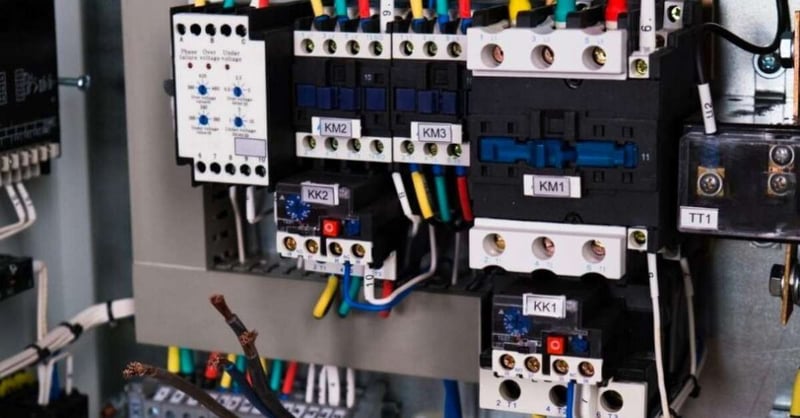Understanding the Difference - Switchboard vs. Distribution Board
Written by: Josh Maraney Save to Instapaper
When it comes to electrical infrastructure within a building, switchboards and distribution boards are pivotal components, each with distinct functions and roles in the system. To ensure a safe and efficient electrical setup, it’s essential to comprehend the differences and know how to choose an appropriate distribution board for your specific requirements.
Switchboard: The Power Controller
A switchboard serves as the primary control centre for electrical power within a facility. It receives power from the external source, such as the grid or a generator, and distributes it to various circuits within the building. Essentially, the switchboard is the hub that allows you to turn the power on or off for different sections or equipment in your facility.
The Circuit breaker panel contains switches, circuit breakers, and other protective devices to manage and safeguard the electrical system. It’s typically installed at the point where power enters the building, serving as the initial point of control and distribution.
Distribution Board: The Circuit Organiser
On the other hand, a Electrical distribution panel, also known as a panelboard or breaker panel, acts as a secondary hub that further divides and directs electrical power. It takes power from the main switchboard and distributes it to different areas or circuits within the building, such as lighting, appliances, or specific rooms.
The distribution board houses circuit breakers or fuses that protect each circuit from overloading, ensuring the safety and smooth operation of the electrical system. It allows for easy isolation of circuits during maintenance or in case of a fault.
Choosing the Right Distribution Board
Selecting an appropriate Electrical distribution system is crucial for ensuring the safety and efficiency of your electrical system. Here are some key factors to consider:
Load Capacity: Evaluate the total electrical load your building or facility requires. Ensure that the distribution board you choose can handle this load comfortably without overloading.
Number of Circuits: Determine the number of circuits you need based on your power requirements and the layout of your facility. A sufficient number of circuits will allow for organised power distribution.
Safety Features: Look for distribution boards with robust safety features such as circuit breakers, residual current devices (RCDs), and surge protection. These features are vital for protecting both the electrical system and the occupants of the building.
Conclusion
Understanding the difference between a switchboard and a distribution board is essential for managing your electrical infrastructure effectively. The switchboard acts as the primary control centre for power, while the distribution board organises and directs power to specific circuits. When choosing a distribution board, prioritise load capacity, the number of circuits, and safety features to ensure a reliable and secure electrical setup in your building.
For more information on electrical infrastructure visit https://elecboard.co.za
Get new press articles by email
Top Click is one of South Africa’s leading full-service digital marketing agencies. Our custom-built, cutting-edge solutions are targeted to help you attract customers, convert leads and grow your business. From SEO and Google Ads to social media marketing and digital design, our measurable marketing campaigns deliver results – and ensure that, in a cluttered online marketplace, you rise... Read More
Latest from
- Choosing the Right Pet Food for Your Animals
- Managing Contracts With Simpler Tools
- New Website to Keep Up with the Demand for Online Pet Food Delivery in South Africa
- Machines That Make Packaging Easier
- The Role of Transit Solutions in Modern Connectivity
- How to Get Cheaper Car Insurance Without the Stress
- Making Radiology Workflows Simpler with the Right Tools
- Reduce Late Payments with These Practical Tips
- A Simple Guide to Choosing the Right Forklift for Your Business
- Keeping Your Car in Good Shape with the Right Services
- Why Property and Asset Valuations Matter
- Finding Quality Engines and Scrap Yard Services
- Practical Guide to Rooftop Tents
- Practical Uses of Vehicle Awnings
- A Look at Engine Choices Across Popular Car Brands
The Pulse Latest Articles
- Education Is The Frontline Of Inequality, Business Must Show Up (December 11, 2025)
- When The Purple Profile Pictures Fade, The Real Work Begins (December 11, 2025)
- Dear Santa, Please Skip The Socks This Year (December 10, 2025)
- Brandtech+ Has 100 Global Creative Roles For South African Talent (December 9, 2025)
- The Woman Behind Bertie: Michelle’s Journey To Cape Town’s Beloved Mobile Café (December 9, 2025)
